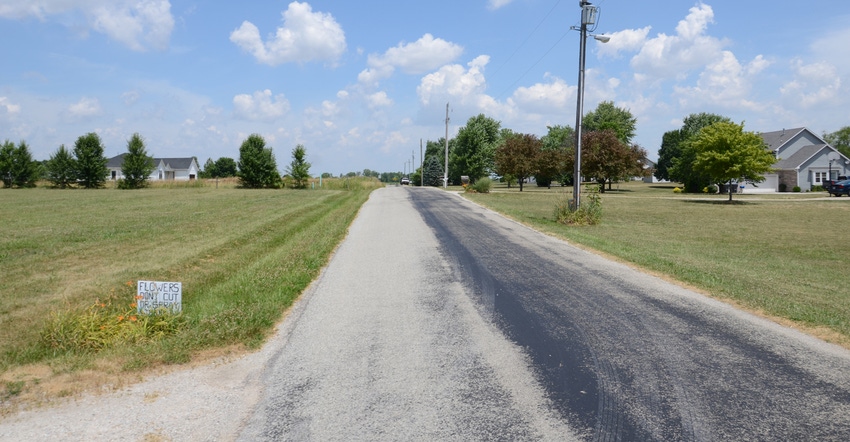August 1, 2022

Indiana ranked seventh from last in scoring in a study released by the American Farmland Trust recently. AFT evaluated how well each state protects prime farmland from loss through policies. The study evaluated states on six factors that help determine how much farmland is lost or saved from development.
Land-use planning is one tool every state uses to determine how land is used. Indiana ranked 44th overall in farmland protection and 28th in land-use planning. Why didn’t Indiana rank higher in this category?
First, Indiana does not mandate county-wide land-use planning. “One criterion used to evaluate how well a state used land-use planning to preserve prime farmland is if the state requires land-use planning statewide,” explains Angie Doucette, Midwest farmland protection manager for AFT. Based near Milwaukee, Wis., she helps evaluate farmland protection programs in seven Midwest states, including Indiana.
In states where land-use planning is most effective, it’s used everywhere, and with some consistency, Doucette says. Twelve counties in Indiana do not have planning and zoning. They are Fountain, Montgomery, Clay, Sullivan, Greene, Lawrence, Orange, Crawford, Martin, Dubois, Pike and Gibson.
Among counties that have zoning, there is wide variation in the types of zoning ordinances in place. There’s also variability in how agricultural zoning is assigned, and how easy it is to convert from an agricultural zone to a zone where development, either commercial or residential, is allowed.
Without planning and zoning, the landscape often takes on a haphazard appearance. There may be several houses along a rural road and then a business. One or more of the houses could be house trailers. In counties with a planning commission, there is more often at least some rhyme and reason as to what type of dwelling or business is allowed to locate where.
Low-density housing
Even so, that doesn’t mean the local planning and zoning in place does an adequate job of protecting prime farmland. According to Doucette and AFT, the threat of losing prime farmland from low-density housing development where several acres are lost to each home is greater going forward than the threat of loss of prime farmland to commercial development.
How can that happen? One often-debated topic in counties with planning and zoning is how much acreage is required to build a house in a rural area. Some counties attach minimum requirements for road frontage as well.
At one time in one central Indiana county, a person was required to own 5 acres to build a house, with a minimum road frontage of approximately 100 feet. The intent was to discourage people from building so many houses because each one needed 5 acres.
What happened instead was that developers bought up 5-acre lots, with most of the 5 acres extending in a narrow strip behind a house. They sold houses to individual families, and in most cases, the land behind the house grew up in shrubs and brush.
If Hoosiers want to get serious about protecting farmland, more thought behind planning and zoning would be a good place to start. Every county needs to participate, and local officials need to invest serious effort and thought into designing ordinances that protect farmland, a natural resource, without overly restricting individual rights.
Comments? Email [email protected].
You May Also Like




